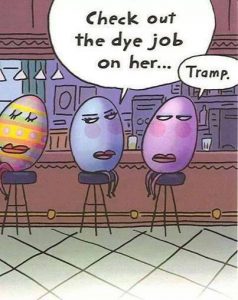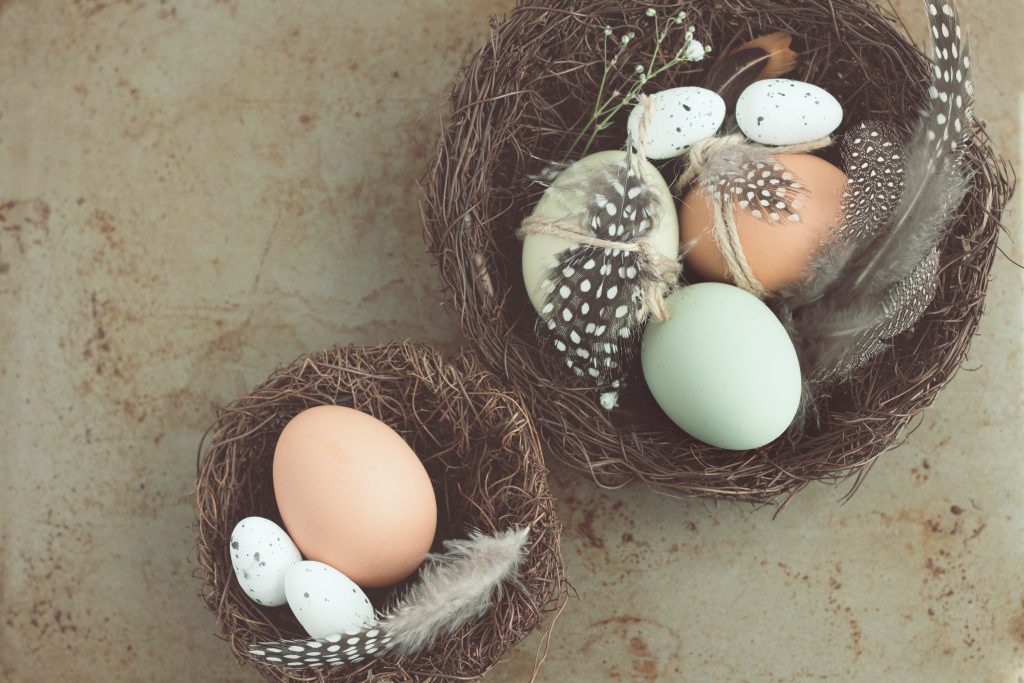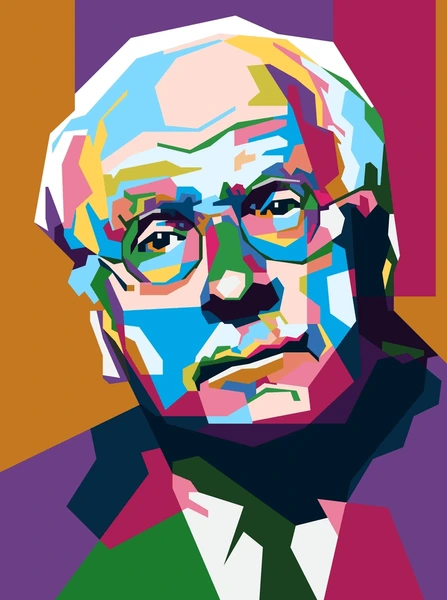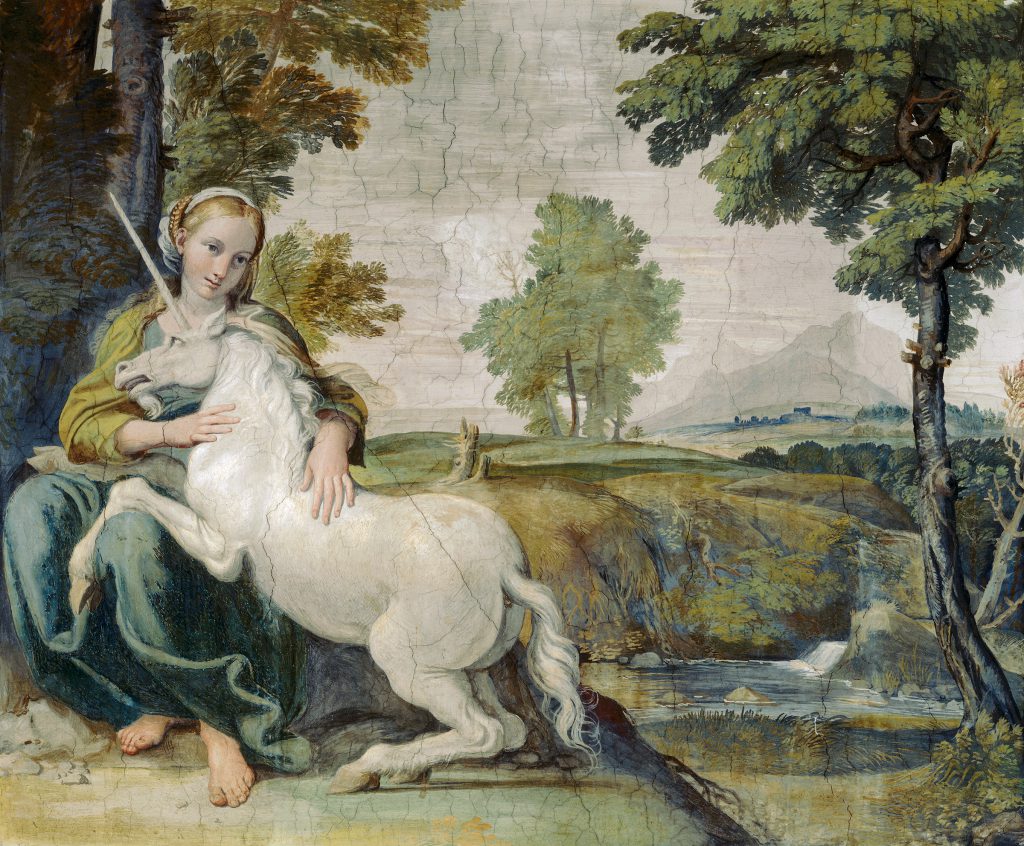Easter Origin. Every time at Easter, Facebook postings and blogs are (re)published that talk about Eostre or Ostara. Let me tell you the real story.
Easter Origin: Eostre – Ostara
Eostre and the German variation of that name Ostara all mean East. There is no evidence of them being goddesses of fertility. So where does this story come from? We will have to go centuries back, to an old monk.

In 520, Dionysius Exiguus used the old data of Alexandria to create a new table to calculate Easter. Those Alexandria tables were created in the year 300 and Dionysius Exiguus recalculated them so they could be used in the Julian time frame.
In 616 monk Beda Venerabilis recalculated these dates into the Eastern cycle that is used to this date. This calculation uses the cycles of the moon (19 years) and the cycles of the sun (28 years). I know that sounds complicated. What it means is that it takes 19 years before there is a new moon again on January the first. It takes 28 years for January 1 to be the first Sunday of the year. He wrote the book Temporem Ratione; The Reckoning of Time about it.
In this book he mentions the Goddess Eostre as a goddess that is worshiped in England. The month of April would be names after her. But… there is no further evidence that there was any worship of her in England.
Easter Origin: Grimm
More than thousand years later, Jacob Grimm, one of the famous Grimm brothers, suggested that there had been a Goddess of spring and fertility called Ostara.
Grimm based his knowledge on the book Vita Carola Magni, or the Life of Charlemagne. written by historian Einhard, somewhere between 817 and 836.
Einhard indicates that the month of april is to be called ostarmanoth. Yet he fails to mention a goddess Ostara… But this was enough for Grimm to assume that there had been a Goddess named Ostara. Unfortunately, there are not a lot of historical claims to back that up.
Easter Origin: Fertility
Before you go away depressed, I would have to mention that Easter origin related to fertility. Spring, the victory of light that made crops grow was celebrated in almost every society.

The Romans celebrated Cerelia, a feast dedicated to Ceres, Goddess of agriculture. the Celts celebrated Beltane, a counterpart of Samhein. Beltane is a feast dedicated to fertility and light. In Hinduism Holi-Phagwa is celebrated.
But where do the bunny and the eggs com from?
Easter Origin: Bunny and Eggs
Because of lent, people were not allowed to eat the eggs that their chickens laid. So at easter, when lent was over, all those eggs were boiled and eaten.
Of course there is the symbolism of an egg and the new life it represents. It is a very ancient practice to decorate eggs to celebrate spring. It goes back to ancient Egypt and Mesopotamia.
In early Christianity, red stained eggs where remainders of the blood of Christ, who died and was resurrected.

But what is the easter origin of the bunny? The idea that a hare could reproduce without the loss of virginity made the association with of the hare with the Virgin Mary easy.

In the protestant religion, the Easter Bunny gave good children eggs and bad children received nothing. This tradition went with the German emigrants to America.
Do you like this story? Feel free to share. I hope you will have a wonderful Easter and a year filled with new fertility
Our Current Courses (Click to find out More)
Sign up for our free e-book: 10 easy ways to instantly improve your dream memory




Hi Susanne, Thank you for sharing your wonderful stories and rich reflections. It’s wonderful to read about Ostara, the Saxon Goddess of Spring, who is set to arrive whilst day and night are still of equal length, and the light and dark remain in balance. The emblematic rabbit and the egg, full of fertility and potential promise are hugely symbolic for this time of year. As always love the inclusion of your cartoons, especially the egg one, did make me laugh!
This afternoon, as I finish creating my new Hanged Man poem, your reference to the Goddess Ostara calls the Norse God Odin to mind, with him hanging upside down in one of her sacred trees. I’m off on my travels soon till the end of the month, so will catch up with you on my return. In the meantime have a wonderful, and abundant Easter yourself. Greetings of the season to you, Deborah.